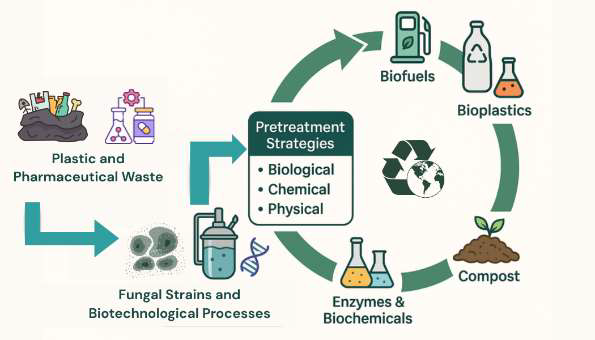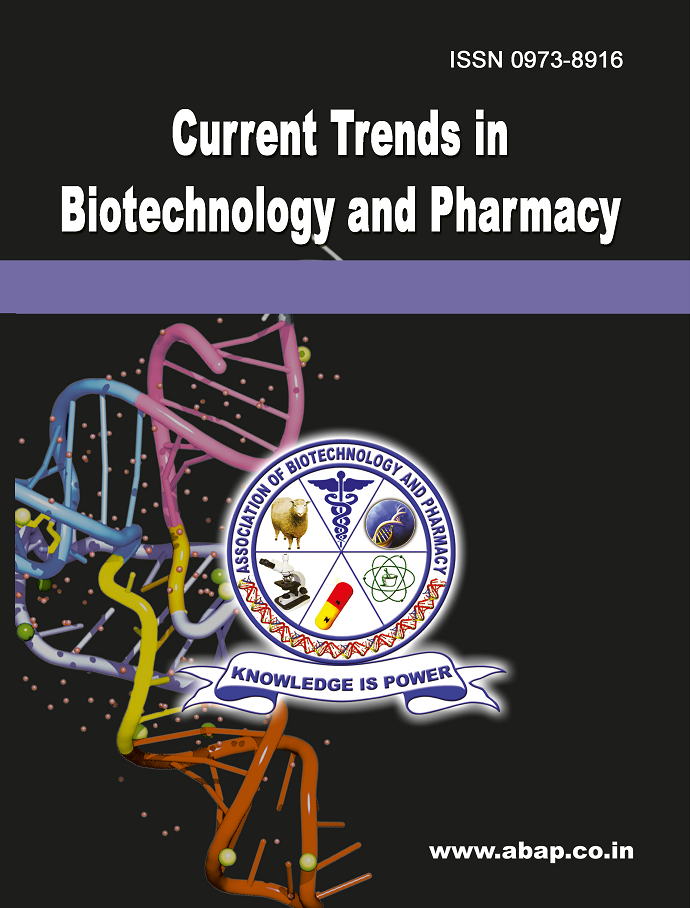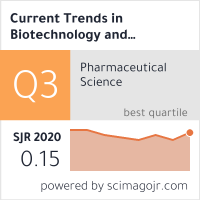Sustainable Degradation of Plastic and Pharmaceutical Waste using Fungal Strains Based Strategies
DOI:
https://doi.org/10.5530/ctbp.2025.3s.14Keywords:
Fungal bioremediation, Plastic degradation, pharmaceutical waste, Laccases, Peroxidases, Mycoremediation, Environmental sustainability, Wastewater treatment, Microbial enzymes, Circular economyAbstract
The persistent accumulation of plastic and pharmaceutical waste in terrestrial and aquatic ecosystems presents a significant environmental challenge. Conventional treatment methods—such as landfilling, incineration, and chemical recycling—are often limited by inefficiency, high energy demands, and secondary pollution. In this context, fungal-based bioremediation has emerged as a sustainable, cost-effective, and eco-friendly alternative. This review comprehensively explores the role of filamentous and ligninolytic fungi in the degradation of synthetic polymers and pharmaceutically active compounds, with a focus on their enzymatic mechanisms, environmental adaptability, and metabolic versatility. Case studies involving strains such as Fusarium solani, Penicillium brevicompactum, Bjerkanderaadusta, and Fomitopsismeliae demonstrate high degradation efficiencies through enzymatic pathways involving laccases, peroxidases, and hydrolases. We also examine the environmental and economic implications of fungal bioremediation through the lens of life cycle assessment (LCA), industrial feasibility, and regulatory alignment. Despite challenges in scalability and environmental control, future prospects include genetic engineering, bioreactor development, and microbial consortia for enhanced biodegradation. This review positions fungi as pivotal agents in the global transition toward circular economy models and sustainable waste management.



